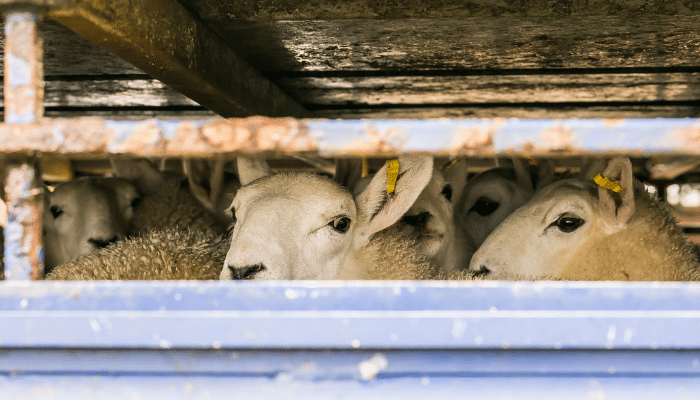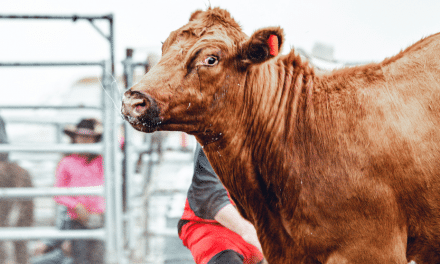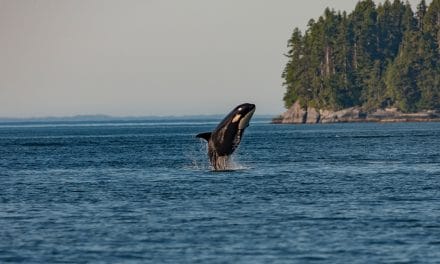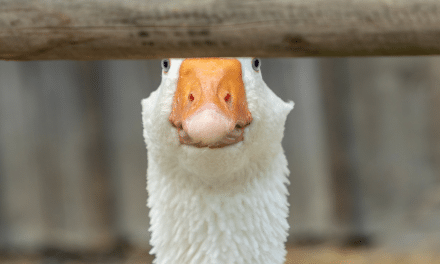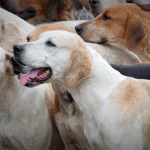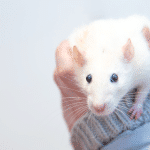by: Ankita Shanker LLB (R’dg) BCL (Oxf) BPTC (BPP)
The animal protection movement is growing fast. From civil society to academics, politicians and legislators to judges, many are engaging in this field, often in pro-animal ways. Associated lifestyles, such as veganism, are moving from the fringe to the mainstream, demonstrating that those who talk the talk are also walking the walk.
While this is undoubtedly something to celebrate, the manner in which it happening poses some difficulties for the movement as well: The movement is growing in a fragmented manner. From international law stories, we know that fragmentation is never a good thing. Here, though, the problems of fragmentation are naturally different but equally acute. New organisations, pursuing an array of different causes – representing different positions and different issues – are cropping up. This makes it impossible to pinpoint the direction in which the animal protection movement is growing, and thus makes it difficult for politicians, legislators, and judges to determine how to bring about legal change in the status of animals. After all, which of the many voices will be heard first? Which of the various causes should be prioritised? And in which order must the required actions be taken? This problem is aggravated by the fact that those outside the field of animal protection – whether in academia or in practice – are largely unaware of how to make these decisions properly, for they require a delicate balancing act between competing interests, the nuance of which ‘outsiders’ are unlikely to comprehend, let alone act on.
So, the obvious solution would be better communication among members of this movement – the animal protection academics and practitioners. In the academic context, research is dispersed widely through articles, books, conferences, etc., facilitating communication between academics. These views are built on and developed by others, or are at the very least critiqued by them. However, the solution to the problem in the context of practitioners is often overlooked. They largely pursue their own causes, individually or through organisations, making little reference to other practitioners or their organisations.
There is thus a communication gap. And that is exactly why organisations such Direncoalitie and the Australian Alliance for Animals are needed.
According to its website, “The Alliance for Animals is a national charity leading a strategic alliance of Australia’s key animal protection organisations to secure systemic change for animals.” It therefore does two important things: a) it acts as a forum to hear the voices of national animal protection organisations; and b) it turns individual voices into collective strategised action. There is strength in numbers, and this concept illustrates this old adage. Through acting as a forum, the Alliance is able to incorporate various perspectives from various organisations, each committed to its own cause. Through turning these voices into strategic action, it organises and prioritises the goals of these various organisation, and puts them forward in a coherent and structured manner. This in turn makes it easier for the state to take pro-animal measures, as they are told clearly what needs to be done by one unified voice, rather than getting lost in the rumble of many voices talking over each other. What we can expect is an animal rights movement that works efficiently and effectively. What we can expect is animal protection laws that comprehensively address pressing issues in order of urgency.
However, there are obvious dangers as well. In the animal protection movement, various specialised animal NGOs exist, many of whom focus on, exclusively or inter alia, niche issues of animal protection of which there is limited public awareness and thus limited support. This is not to say that these issues are less important or less pressing, but the limited support for them can result in them not being prioritised by NGO coalitions. So NGOs focusing on these issues might not find representation within the coalition, and even if they do, their less-popular causes might not get priority in the aims the coalition seeks to pursue. This is because if the coalition is aiming to maximise efficiency and prospects for success, the potential for social mobilisation becomes a relevant consideration in determining with whom to partner and in which actions to engage. And when stakeholders turn to listen, they have a justifiable tendency to place the greatest if not sole reliance on the proposals put forth by coalitions. So, in the pursuit of a single, unified voice, smaller but equally significant voices might be drowned out. While NGOs and their actions against fur and bullfighting might be widely represented, those against factory farming might slip through the cracks.
Nevertheless, having coalitions is still more effective than having discordant, overlapping voices trying to talk over each other to be heard. If coalitions remain alive to the risks of ignoring less popular causes in setting their agendas, then the pitfalls described in the preceding paragraph can be avoided. So as long as they remain principled, inclusive, and committed, NGO coalitions might be our best way forward in achieving effective animal protection across the range of abuses from which animals suffer, regardless of how visible these are to the general public.
Sources
1 Ankita Shanker & Eva Bernet Kempers, “The Emergence of a Transjudicial Animal Rights Discourse & Its Potential for International Animal Rights Protection” [October 2022] 10:2 Global Journal of Animal Law.
2 “Dierencoalitie” (Dierencoalitie).
3 “Australian Alliance for Animals” (Australian Alliance for Animals 2021).
About the Author:

Ankita Shanker earned her post-graduate degree in law from Oxford University and qualified as a barrister at the Bar of England and Wales. After nearly 1.5 years at international criminal courts/tribunals and 1.5 years teaching on a university LLM course, she is now working towards her doctorate in animal rights theory and law. In her role as Moot Court Training Expert for the International Commission of Jurists, she founded, developed, and ran Myanmar’s first national moot, on international human and animal rights law. In her spare time, she works, pro bono, as a legal and policy advisor to various animal NGOs. Her current favourite project is the development of the first world moot on animal rights law, and accompanying mooting/coaching training course.

